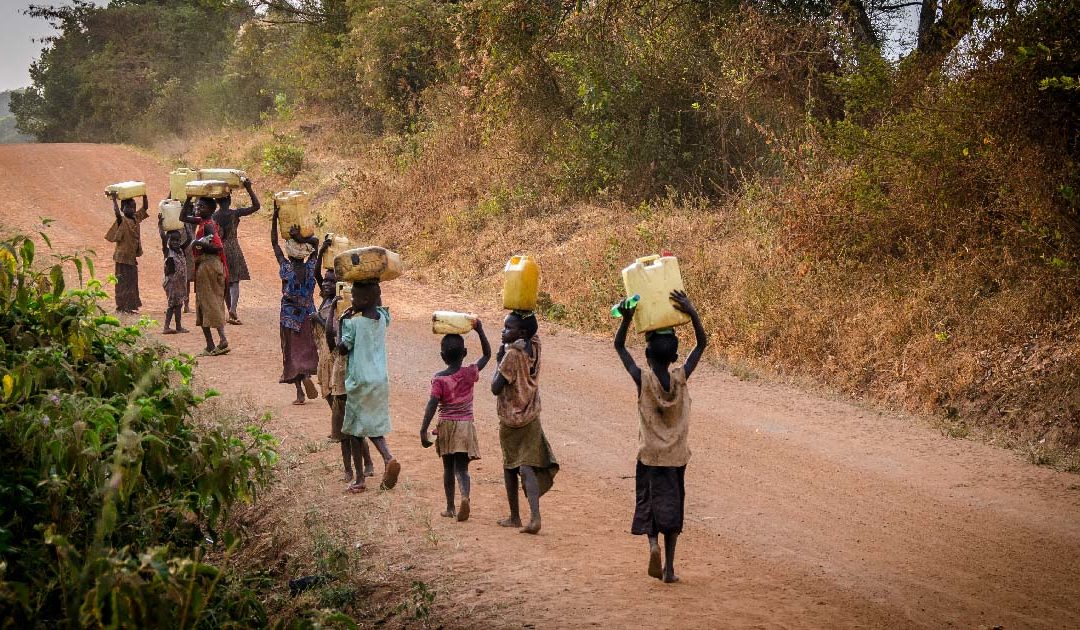This piece offers a guide to getting the best out of potential interviewees. Research, permission and the structure of your questions are all key ingredients.
Remember that the purpose of the Hero’s Journey story structure is to help persuade your readers to take action. These readers may range from major donors, such as governments or corporations, to ‘mass donors’ who may pay a small monthly stipend, to partner organisations (or organisations with similar goals to your own), to your followers on social media. Deployed effectively, the Hero’s Journey can have an impact on all of these groups.
But first you need to identify your hero. As always, you’ll need a hero whose story can demonstrate how your organisation acted as a mentor to facilitate transformation. If your NGO has programmes in the field – and not all do – then your organisation’s beneficiaries would be the most obvious choice.
Seek permission first
Having selected your hero, you’ll then need to interview them. Seeking their permission first is crucial. Direct beneficiaries, especially those who live in fragile or conflict-affected states, are less likely to have access to robust Internet connections, if at all. But just because we can’t email them or connect on a video-conferencing platform, it doesn’t mean we can’t ask their permission first.
If you’re working in the field, you may be able to approach your potential hero face-to-face. We must always bear cultural sensitivities in mind, however, especially if we as interviewers are drawn from a different religion or ethnicity from our potential interviewees. If in doubt, seek advice from more experienced colleagues or local programme partners with more direct experience of your beneficiary base. They can ask for permission on your behalf.
Research before the interview
Conducting some informal research before the interview is also crucial. Again, it’s highly advisable to consult your colleagues first as you can ask them about any background information you will need. You should do this even if your potential interviewee is already familiar to you.
So, by the time it comes to the interview, you should already know a good deal about the person you’re going to talk to. This means that your questions can be as targeted as possible. So instead, for example, of asking a beneficiary “What work do you do?”, you can now ask “I know that you do XY for work, can you please tell me what its challenges are?”.
Deploy open-ended questions
In general, try to avoid close-ended questions (questions that can be answered with “yes” or “no”) and instead opt for open-ended questions that allow your interviewee to share as much as they’d like to. Open-ended questions mean you can pick up information that can be useful in two ways. Firstly, you can use this information as ‘colour’ which both helps to keep the story going and enables the reader to empathise more. Secondly, the information can be used as quotes, thereby enabling your hero to tell the story in his or her own words.
Once you’re in front of your interviewee, don’t forget to introduce yourself and your organisation. Yes, they should already know this, but it helps to break the ice and to calm any fluttering nerves that either or both of you may have. You should also tell them how long you think the interview will last. This allows you to keep the interview at your own pace but also signals your respect and understanding to your interviewee that their time is precious to them. Ask them if it’s OK to record the interview – either on camera or your phone – reassuring them that it’s only as a substitute for note-taking, and that it won’t be shared publicly.
Establishing a rapport
Then follow this with some further introductory questions. These could be about their work and their family, perhaps where they are from, if appropriate to the context. You will soon have established a rapport. You are also building up to the most crucial aspect of all: the positive change that your organisation has brought to the lives of your beneficiaries.
For this reason, you should ensure that your questions cover the ‘before and after’ of your organisation’s intervention. You can now ask about the specific challenges your interviewee was subjected to. For instance, if you work for an NGO that installs water-pumps in remote, dry areas, you should ask them how difficult and dangerous it had been to collect water in the past.
The change brought by your organisation
Then of course you should follow this with questions about how things have changed. Collecting water should now not only be quicker (less distance to travel to fetch it), but it should also be safer because your beneficiaries no longer have to travel as far on their own. And as it is often children who are obliged to fetch water for the household in the morning, it should now mean that they can both do this and go to school afterwards.
Once you’re satisfied you have enough information, you can bring the interview to a close. Thank your hero for their time and effort, and ask them if they have any questions themselves. It’s also important to tell them that if they wish to, they can be shown the first draft of your story, not least so that you can avoid the trap of misrepresentation.
And after that, all you need do is use your transcript or notes for the basis of a first-class Hero’s Journey story!
If you’ve enjoyed reading my articles, don’t forget sign up for a free story audit consultation or check out my LinkedIn page.

